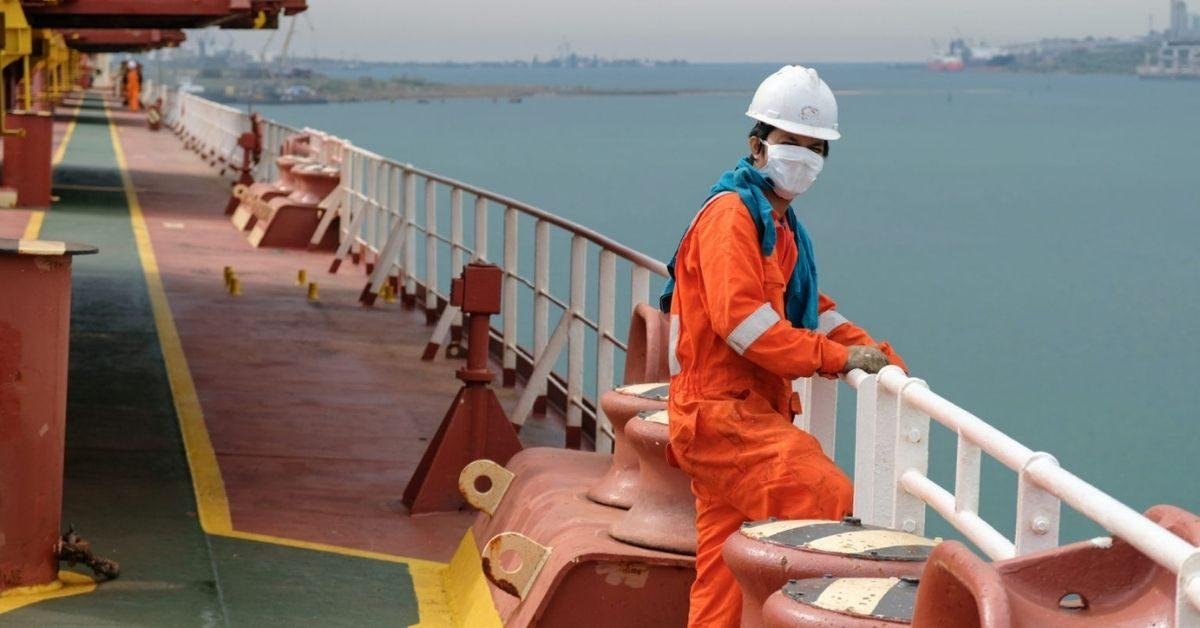Why India Tops the List of Abandoned Sailors: A Growing Maritime Crisis
India has once again emerged at the top of the global list of abandoned sailors, raising serious concerns about the welfare of seafarers and the responsibilities of shipping companies. According to the International Transport Workers’ Federation (ITF) and the International Maritime Organization (IMO), Indian sailors face the highest number of abandonment cases worldwide. But why is this happening, and what does it reveal about the state of the global shipping industry?
What Does “Seafarer Abandonment” Mean?
Seafarer abandonment occurs when shipowners fail to pay wages, provide food, medical care, or arrange for the repatriation of their crew. In such cases, sailors are often left stranded in foreign waters or ports, unable to return home. The Maritime Labour Convention (MLC 2006) defines this as a clear violation of seafarers’ rights.
Why Indian Sailors Are Most Affected
1. India’s Large Maritime Workforce
India has one of the world’s largest pools of seafarers. With more than 250,000 Indian nationals working on international vessels, the chances of abandonment cases naturally rise compared to smaller seafaring nations.
2. Employment Through Smaller Shipping Companies
While many Indian sailors are employed by reputed global shipping giants, a significant number work for smaller, low-budget shipping operators. These companies often cut corners on wages, maintenance, and crew welfare, leading to higher risks of abandonment.
3. Economic Pressures in the Shipping Industry
The global shipping sector has been hit hard by fluctuating fuel costs due to economic pressure, port delays, and trade restrictions. Smaller companies often collapse under financial strain, leaving crews—many of whom are Indian—unpaid and stranded.
4. Lack of Strong Legal Safeguards
Although India is a signatory to international maritime conventions, enforcement on the ground remains weak. Many sailors do not have access to strong legal representation or immediate government intervention when abandoned abroad.
5. Pandemic Aftershocks
The COVID-19 pandemic worsened the crisis. Many Indian sailors were stuck on ships for months, unable to disembark due to travel restrictions. Even today, the aftereffects continue, with delayed contracts and unsettled wages being reported.
Human Impact: The Cost of Abandonment
Behind the statistics are real human stories. Abandoned sailors often go without pay for months, struggle with food shortages, and endure severe mental stress. Families back in India suffer financial hardship, relying heavily on remittances that never arrive.
What Needs to Change?
- Stronger Regulation: Stricter checks on shipowners and recruitment agencies are essential.
- Faster Government Action: Indian authorities must create rapid-response systems to bring stranded sailors home.
- International Pressure: Bodies like IMO and ITF must continue pressing for compliance with the Maritime Labour Convention.
- Awareness Among Sailors: Better education about employment contracts and rights can help seafarers avoid dubious employers.
India’s position at the top of the list of abandoned sailors is not just a maritime issue—it’s a human rights concern. With its vast contribution to the global shipping workforce, India must push harder to safeguard its seafarers. Until stricter regulations and protections are in place, abandoned sailors will remain a painful reality, tarnishing the image of one of the world’s leading seafaring nations.
- abandoned Indian sailors
- seafarer abandonment cases
- Indian maritime workforce
- Maritime Labour Convention (MLC)
- International Transport Workers’ Federation (ITF)
- Indian sailors stranded abroad
Why India Tops the List of Abandoned Sailors

